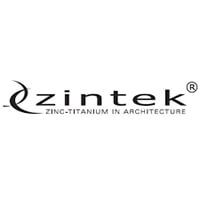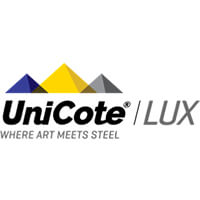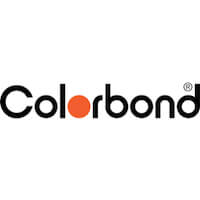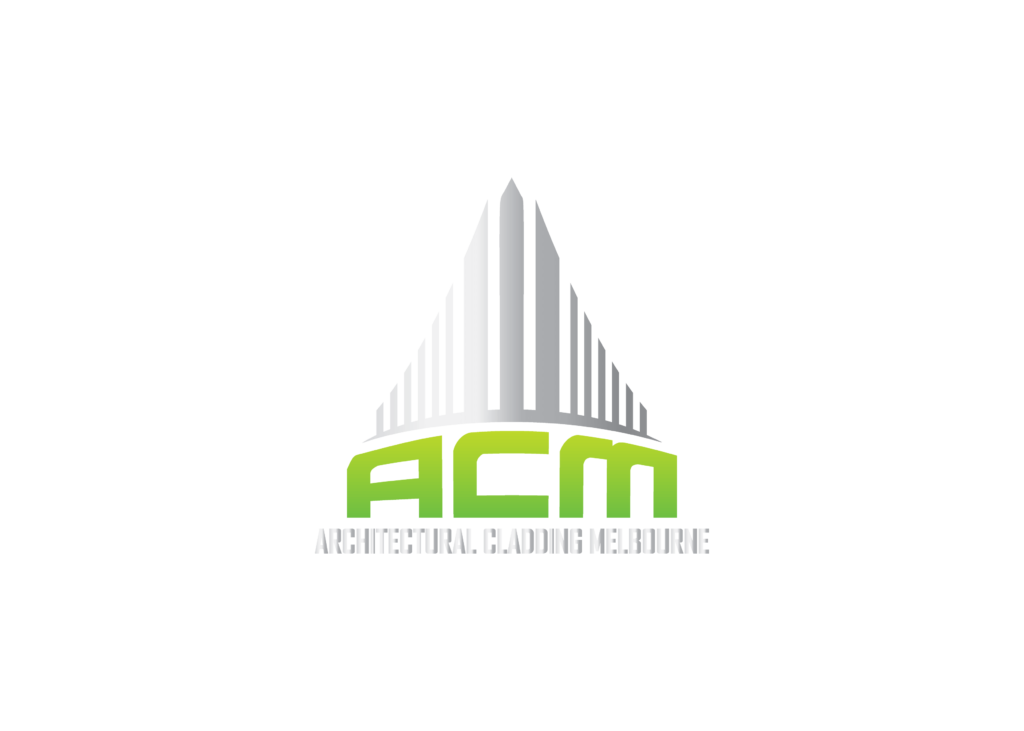Materials, Metals
Weathering Steel
Facades, Exterior, Roofing
Corten Cladding
Residential | Commercial
Weathering Steel or Corten
Weathering Steel, also called by its generic trademark Corten, is a combination of alloys such as copper, chromium, phosphorus, and nickel-molybdenum. Corten’s name is derived from its two main unique properties: corrosion resistance and tensile strength. This type of steel was purposely created for managing and lifting massive loads like coal and other minerals.
Low Maintenance and Longevity
Corten steel alloys were designed to remove the need for painting and to form a stable rust-like appearance after several years of weather exposure. By forming a protective layer or ‘patina’ on the surface, the alloy composition raises its resistance to corrosion more than other kinds of steel. Corten’s lifespan ranges from 40 up to 70 years or even more, depending on the environmental conditions surrounding it.
Controlled Corrosion
The protective layer or patina’s corrosion-retarding action is caused by the specific distribution and concentration of its alloy elements. When exposed to different environmental factors , the layer that protects the surface grows and reproduces on a continual basis. To put it simply, rusting is actually essential to the development of this protective coating.
High Mechanical Resistance
Corten Steel was originally created, developed, and patented for heavy industrial use such as manufacturing railroad cars, bulk and marine transport, and storage containers. This is because of its high mechanical resistance or its ability to withstand several mechanical stresses exerted on the material. High mechanical resistance includes hardness, scratch resistance, abrasion resistance, slip resistance, impact resistance, flexibility, and formability.
Weldability and Workability
Weathering Steel’s low carbon content allows suitable weldability. Manual welding, gas-shield welding, submerged-arc welding, or spot welding can be applied to Corten. Also, its workability is at par with other steels possessing the same strength.
Unique Aesthetic
A building’s look is enhanced by the use of aged weathering steel. The patina can change from dry to wet (and back again) many times every day, adding depth and mystery to the environment. Due to the patina changing daily, there is no knowing how it will exactly look each day. Very few materials give a depth that can be substantially altered by the surrounding environment. The patina, which is rich in deep tones and a varied character, continues to mix and enhance with age. Deeper and more earthy tones emerge as the oxide layer grows further. It is perfect for modern terrains and landscapes. Its Patina goes wonderfully with acid washed concrete, stone, wood, or aggregates like granite giving you endless options for one-of-a-kind designs.
Popularity
In Melbourne, our most popular cladding materials
Brands | Tools | Materials
We Use












